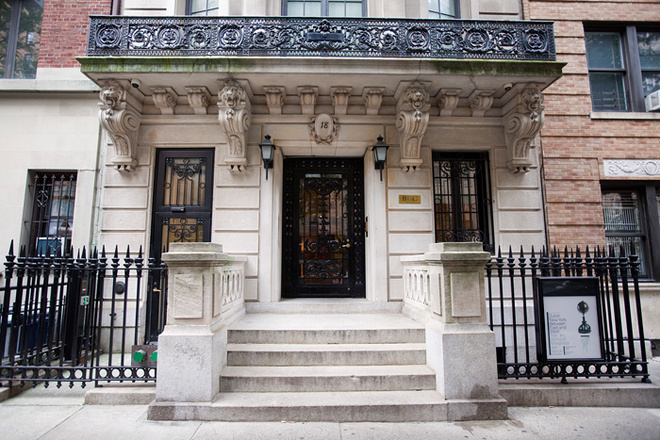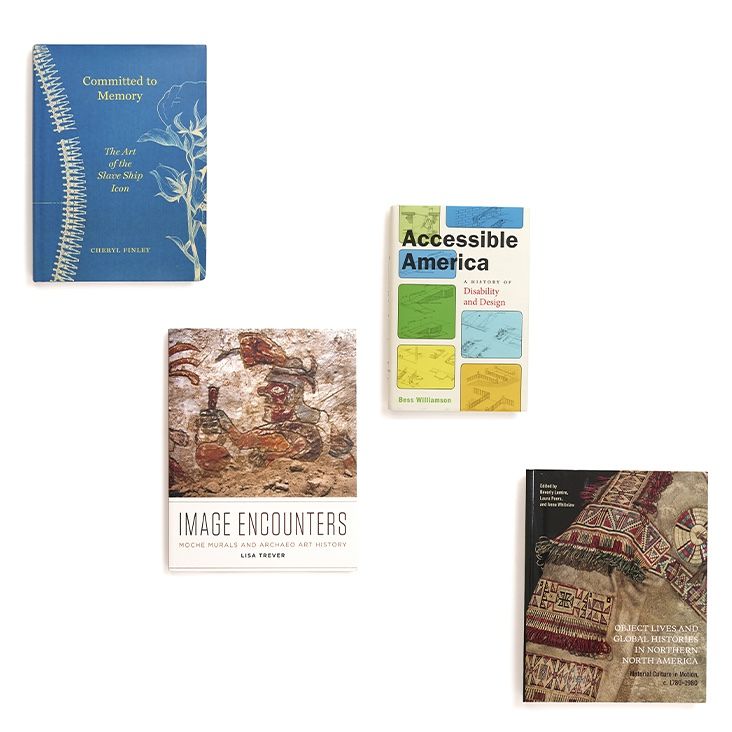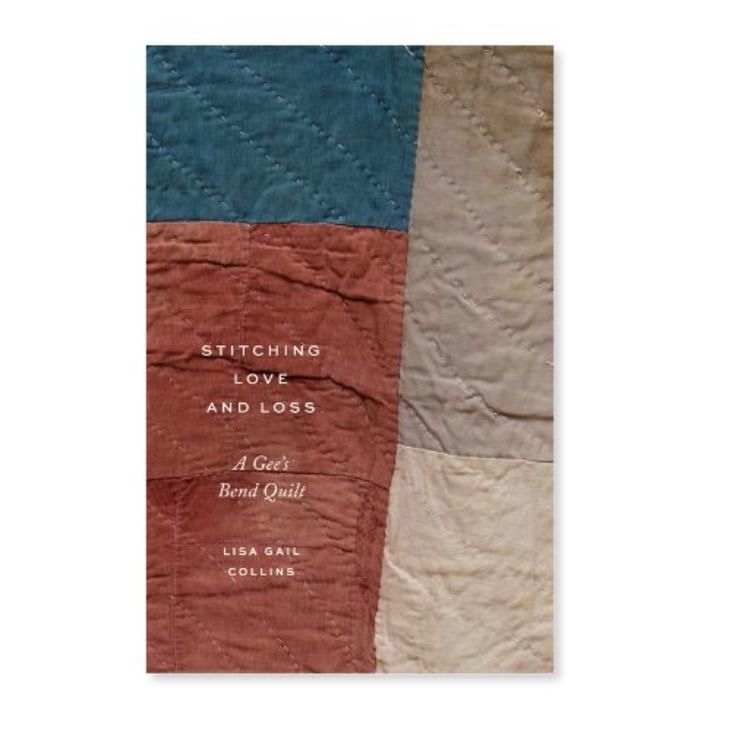Cynthia Kok (MA 2016) is a PhD candidate in the History of Art at Yale University and the 2021-2023 Kress History of Art Institutional Fellow at the Leiden University Centre for the Arts in Society (LUCAS). She has held internships at the Metropolitan Museum of Art and Smithsonian American Art Museum and was a research fellow at the Yale Center for British Art. Currently, she works on the material culture of trade and empire; her dissertation project focuses on tactile and sensory engagement with mother-of-pearl in the early modern Dutch world.
What attracted you to the BGC’s program?Majoring in history as an undergraduate, I became interested in thinking more about how to read objects as historical documents, yet material culture wasn’t really a methodology that was taught in more traditional history programs. But then a professor told me about BGC and it seemed like exactly what I was looking for in a graduate program—I was excited about the interdisciplinarity of the classes and BGC’s collaboration with curators and museums in New York City. On a practical level, BGC offered financial support to their MA students, which was rare for MA programs in the US and made a huge difference in whether I could even attend grad school. I was also still unsure about whether I wanted to continue on to a PhD program and I felt like the access to both academic and professional training at BGC would help keep my post-MA options open.
What was your focus of study here, how did you find yourself involved with it?I entered BGC thinking I would study the development of museology under the British empire in the nineteenth century and slowly decided I should also understand earlier models of European empire and collecting. After taking Andrew Morrall’s class on Northern Renaissance craft and knowledge and Pamela Smith’s lab class on historical reconstruction (at Columbia University, through the consortium), I became interested in imitative material practices spurred by the global circulation of materials. I ended up writing my qualifying paper on whale baleen being used as imitative ebony in Dutch craft. I appreciate how BGC encourages students to take classes outside of their declared specialization. The topic and questions I ended up researching—which continue to drive my PhD research—are completely different from my initial questions and I wouldn’t have come to them if I had stayed narrowly focused.
Describe your position and how you came to it. What sort of projects are you working on? I’m (finally!) in my dissertation years and I’ll be based in the Netherlands for the next two years for archival and museum research. My project focuses on mother-of-pearl in the Netherlands in the seventeenth and eighteenth century. It becomes such a ubiquitous material in this time period, integrated into clothing and personal toilette objects, but has been overshadowed by nautilus cups in art historical research. Mother-of-pearl also becomes accessible in Europe because the VOC took control of pearl fisheries in the Indian Ocean and South China Sea and I hope that my archival research will complicate the idea that mother-of-pearl is a European luxury material and shed more light on these connections to colonial enterprises and reliances on indigenous labor/knowledge.
How has your experience at BGC helped your career? I also feel like I’ve spent much of my graduate career unlearning—or at least complicating— the historical narratives I grew up with and the transregional and interdisciplinary education I got at BGC has given me the tools to analyze things from multiple perspectives. In particular, a hands-on approach to object study has been foundational to my work and research. I still remember learning and practicing Prownian analysis in one of Catherine Whalen’s classes, where we passed around an object and described our sensorial experience of it before hypothesizing based on our observations. It might seem basic, but slowing down, looking closely, and actually experiencing an object has been a powerful reminder to question assumptions. It’s an exercise I try to do with all of my students. Bard Travel also introduced me to so many sites in Europe and taught me how to analyze historical spaces as an art historian. My two years at BGC helped prepare me to plan and conduct research independently as I complete my dissertation.














